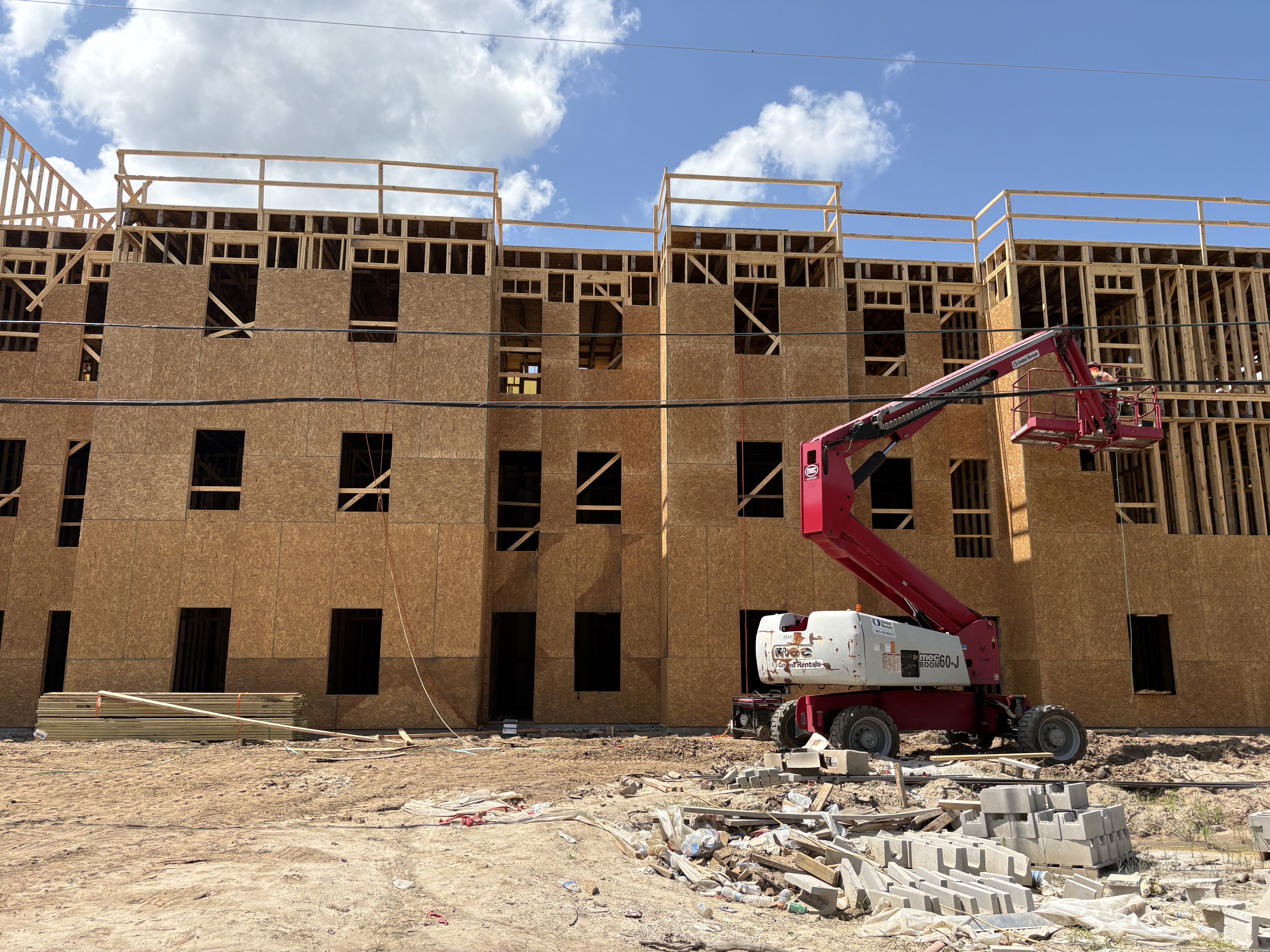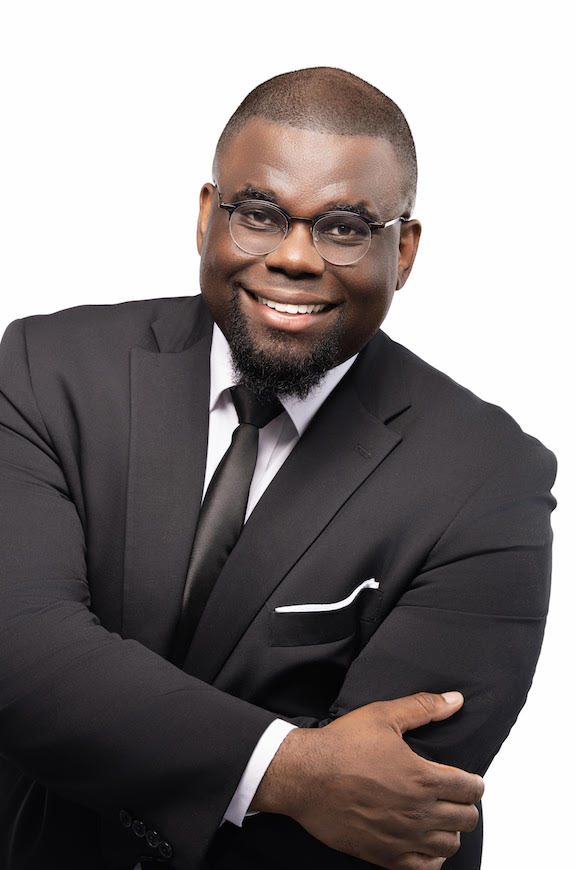Transportation: Finding right direction
Published 9:00 am Sunday, February 26, 2017
People don’t have cars because they don’t have a job and don’t have a job because they don’t have a way to get to work.
How many people are in that situation?
It is hard to say.
Others may need affordable rides to and from doctors visits or to the grocery store.
In any metropolitan area, this is a need for public transportation.
The question is how big is that need?
Is the demand sufficient to justify the investment?
No one who has looked at a large-scale public-transit system in our region has even come close to suggesting it would be a money-making enterprise. For that reason, a privatized mass-transit system is simply not going to happen.
Because the cost is lower and the per ride price is substantially higher, taxi cabs and services such as Uber and Lyft are far more sustainable.
The problem is that someone working for minimum wage cannot afford to pay those rates to and from work each day.
Existing shuttle services that have mostly served the sick and elderly, because they do not run regular, established routes that would serve workers, are simply not sufficient.
The university provides an excellent shuttle service for students but once again it only serves a small portion of the community.
We agree with Mayor John Gayle that real needs exist, but funding a system that is set up to fail makes no sense.
We agree with Lowndes County Commission Chairman Bill Slaughter that this is not Atlanta and local governments do not have an endless supply of money to sink into a system that is not sustainable.
We believe that MIDS provides a valuable service to our community.
We think Valdosta State University has built an excellent shuttle service.
We believe that private companies including taxis, shuttles and perhaps Uber and Lyft are important pieces to the puzzle.
We also strongly believe no one has the answer to this complicated problem.
In reality, there probably is no one answer.
What is certain, however, is that solutions will never be found when local governments, stakeholders, the public sector and the private sector are all moving in different directions.
There may be multiple things that can be done but it will take local governments working together to explore those options.
City council, county commission, the metropolitan planning organization, MIDS, and perhaps even Valdosta State University and private ride services traveling in the same lane and in the same direction might be able to create a transportation model that is affordable, sustainable and provides an essential service to those who need it the most.
It will require creativity, dynamic thinking and, most of all, cooperation but we believe a public-private model could be found that will, at the very least, increase access and affordability.
City and county leaders must begin thinking regionally.
A failure to do so stifles dynamic solutions to complicated problems and compromises economic development.





